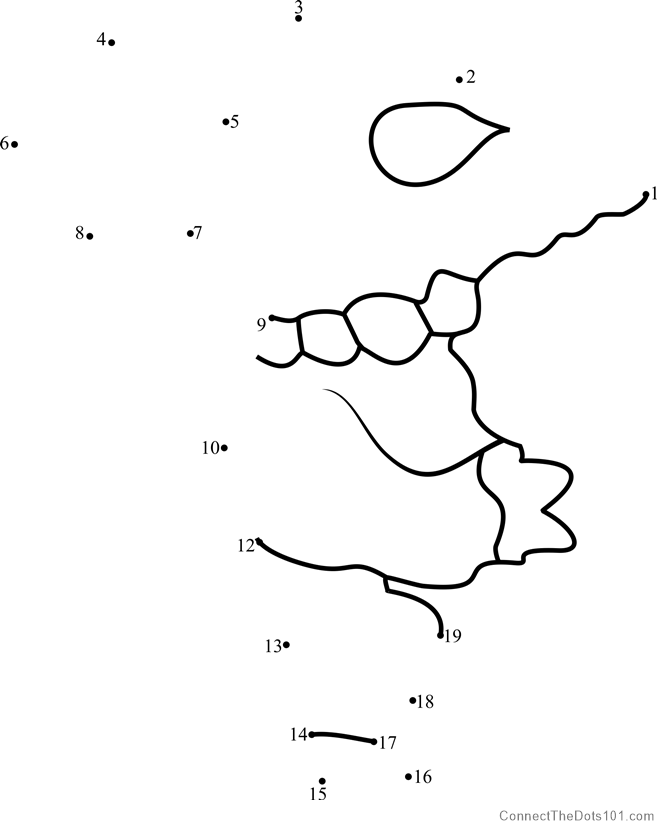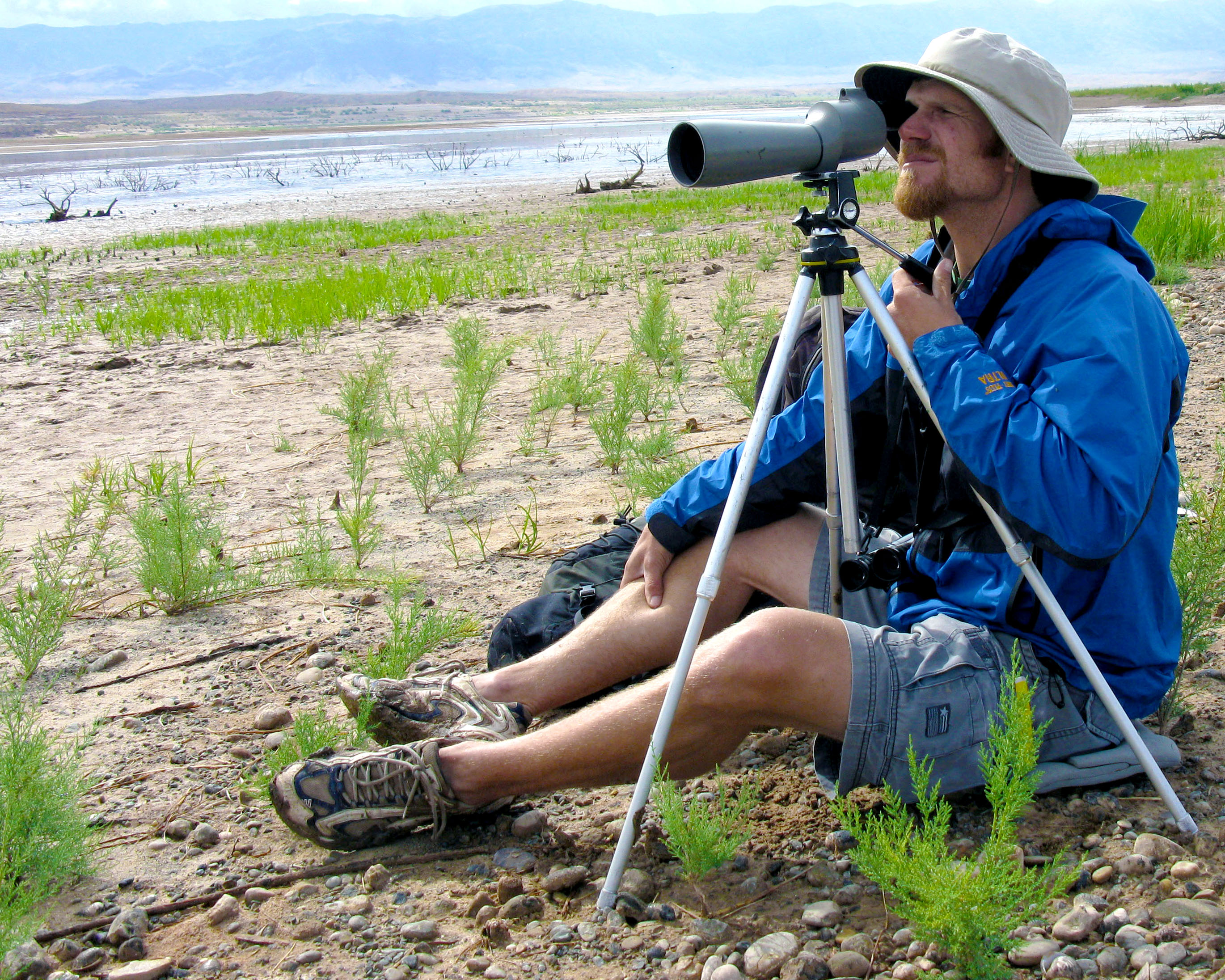

A duck weighing 3 pounds is half as heavy as a brick. A 20-inch-long bird is equal in length to one and a third bowling pins. Generally, they range from 20 to 26 inches long and weigh from 1.6 to 3.5 pounds. The size of a duck depends on its species. It’s there to help a duck dig in the mud for insects, vegetation, or other food. Have you ever noticed the small bump on the end of a duck’s bill? That’s called a nail. Alternatively, a bird with a more pointed or sharper bill is likely to eat fish and other small sea life. Species with a flat bill are likely to eat an abundance of vegetation such as algae and grass. Looking at the shape of a bird’s bill can help you determine what type of food it eats. See all of our entertaining and insightful animal articles. The 10 Best Lakes In In Illinois: Fishing, Boating, Camping, and Under the Radar Lakes!.5 Birds That Lay Eggs in Other Birds’ Nests.What Do Ducklings Eat? 13 Foods for Baby Ducks.The Top 10 Highest Flying Birds in the World.The Top 4 Most Alligator Infested Lakes In Texas.

Lamellae is the serrated edge of a duck’s bill that helps it to filter sand and mud while dipping its bill in the water in search of food. Look closely at a duck’s bill and you’ll see lamellae on the sides.

In addition, ducks have a long, flat bill used to scoop up insects, vegetation, or other food items. These birds have webbed feet that help them to swim in lakes, streams, and ponds. This duck is named after the place where it originated, Lake Cayuga, New York. A female Cayuga has some iridescent green plumage, but it’s less apparent. As an example, a male Cayuga duck has iridescent green feathers. The exact coloration depends on the species. Alternatively, females, also called hens, are usually brown or grayish in color. A drake’s feathers may be bright green, purple, silver, or blue. When it comes to a duck’s feathers, males, also called drakes, are more colorful than females. The oldest king eider lived to be almost 19 years old. King Eider – The king eider is a large sea duck that breeds along the arctic coasts of northeastern Europe, North America, and Asia.These ducks are commonly found in North America and prefer to nest in prairie marshes surrounded by emergent vegetation. Canvasback – The canvasback is a type of diving duck, meaning it feeds by diving below the surface of the water.These ducks are native to North America, and southern populations don’t migrate like their northern counterparts. Wood Duck – The wood duck is a type of perching duck, meaning it often perches high up in trees.Their populations range from temperate and subtropical regions of North America to Eurasia and North Africa. Mallard – The mallard is a type of dabbling duck, meaning it feeds at the surface.All of these birds belong to the Anatidae family and are in the class Aves. The Latin word platyrhynchos means flat-nosed which relates to the shape of this duck’s bill. Almost all domesticated ducks are descendants of the mallard. The scientific name for one of the duck species, the mallard, is Anas platyrhynchos. Male ducks have more colorful feathers than females.These birds can turn their heads backward to clean, or preen, their feathers.

A unique system of blood vessels keeps their feet warm in icy weather.All types of ducks have waterproof feathers.Some of them live in freshwater habitats while others live in saltwater. This animal lives on every continent except Antarctica. A duck is a bird known as a waterfowl because they live near ponds, rivers, and lakes. “A duck can sleep with one eye open in order to stay alert to predators”ĭucks are omnivorous eating plants, insects, small fish, seeds, and crustaceans.


 0 kommentar(er)
0 kommentar(er)
